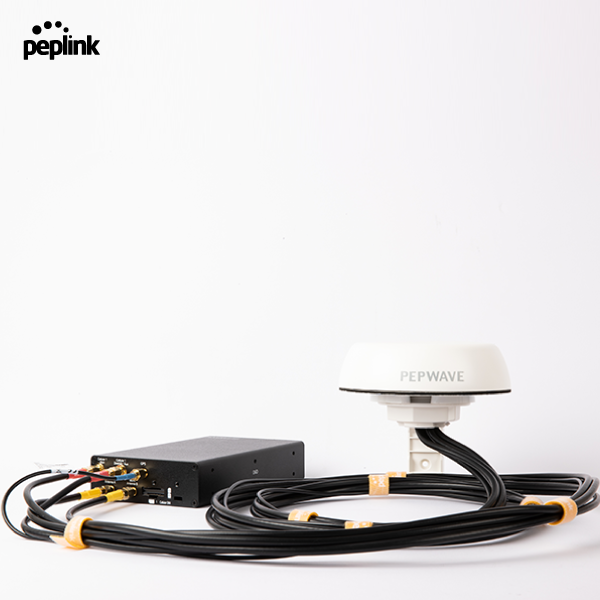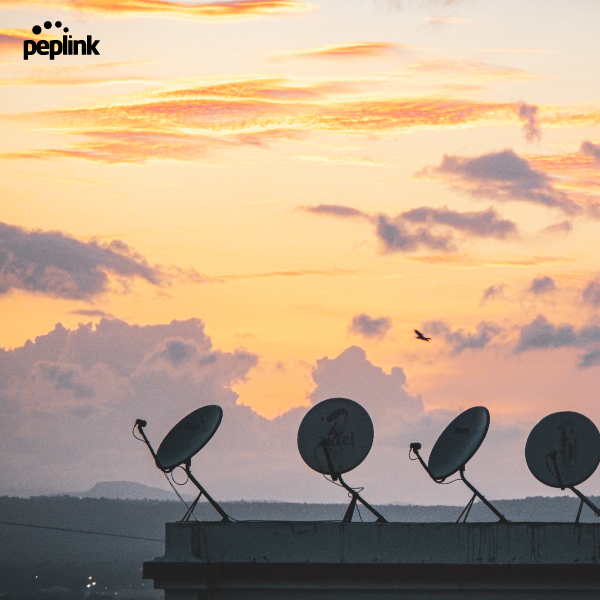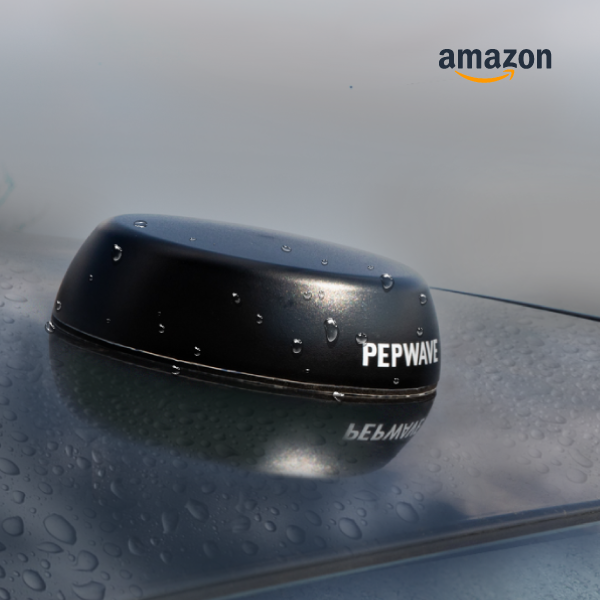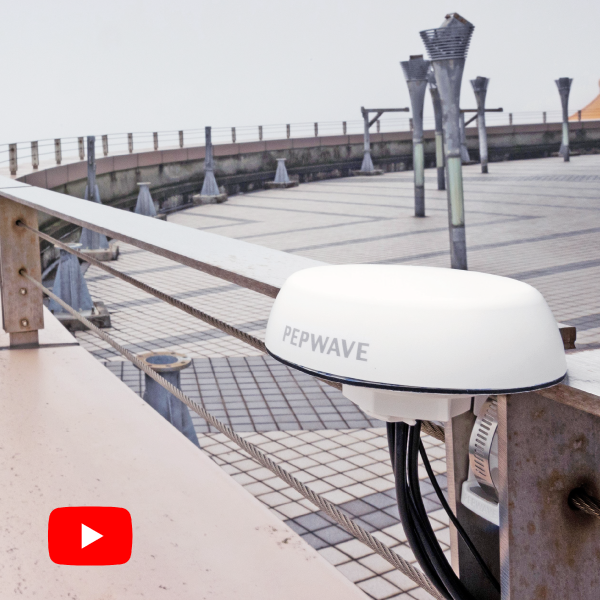Why does gain matter for an antenna?
When it comes to deploying the right antenna, the gain is one of the most important parameters. Selecting an antenna with high gain is important, but there is a fine line between too much gain and too little gain. With too much gain, the rolling of a vessel can cause the radiation pattern to go above and below the cell tower, similar to when a mobile vehicle is in a hilly environment. If the gain is too little, the vessel or vehicle may be out of range from the tower.
As different vessels have unique roll profiles, and vehicles are used in varying environments, it is important to pick a suitable antenna. For instance, larger ferries may safely opt for higher gain antennas because they roll less, whilst smaller fishing vessels require lower gain antennas since they roll more. Similarly, if vehicles want to have better coverage, they can have antennas with lower gain deployed when they are on hilly terrains, and equipped with antennas with higher gain when they are on flat ground.

You can use different antennas in one installation, such as using an antenna with lower gain for one modem and an antenna with higher gain for the other. However, it is important to note that the same type of antenna should be used for all connectors on a single modem.
Voltage Standing Wave Ratio
Other than an antenna’s gain, a significant criterion is the reflection coefficient. For instance, when an LTE/5G modem is transmitting, some of the power is reflected from the antenna, and this is called the Voltage Standing Wave Ratio (VSWR). The common range of VSWR is 1.5-2.5, and it should not exceed 3. If the VSWR value is too high, it will permanently damage the cellular modem. The VSWR directly affects an antenna’s efficiency.
What role do efficiency and frequency play?
An antenna’s efficiency is a key parameter to consider. It shows how well an antenna converts radio-frequency power to electrical signals and vice versa. For example, if its efficiency is 30%, 70% of received or transmitted energy is lost. Theoretically, even if an antenna has high gain and good VSWR, with poor efficiency, it will result in poor signals. In most cases, the efficiency of an antenna varies from 30% to 90%.
The efficiency depends on many factors, such as antenna design, used materials, and even assembly quality. For simplicity, we tend to classify frequencies into four main bands: Low (600-960MHz), Mid (1700-2700MHz), High (3400-4200MHz 5G), and High ISM (5100-6000MHz 5G). This classification is not official, but it helps to easily explain certain properties of each range.
For instance, Low-band antennas typically have narrower channel bandwidth (e.g. 10Mhz) compared to Mid bands (e.g. 20MHz). While for antennas with high bands, channel bandwidth can be as high as 100MHz. This directly affects the throughput, or in other words, the internet speed. Also, each band has different attenuation and propagation properties.
In addition, the lower-band antennas will be typically used in rural areas due to lower attenuation and better propagation. Antennas with higher bands are then used in more densely populated areas. The reason is simple, low bands are allowed to have fewer cell towers, and thus they help to save costs for operators.

The Antenna for You
Selecting a good antenna means picking one with appropriate gain, pattern, and high efficiency which supports the required frequencies at the installation location. Peplink’s new Mobility antenna series was designed with all these criteria in mind. To make things simple for our clients, we designed antennas covering virtually all LTE/5G bands with its extremely wide bandwidth from 600MHz up to 6GHz, while still having high gain and efficiency.



